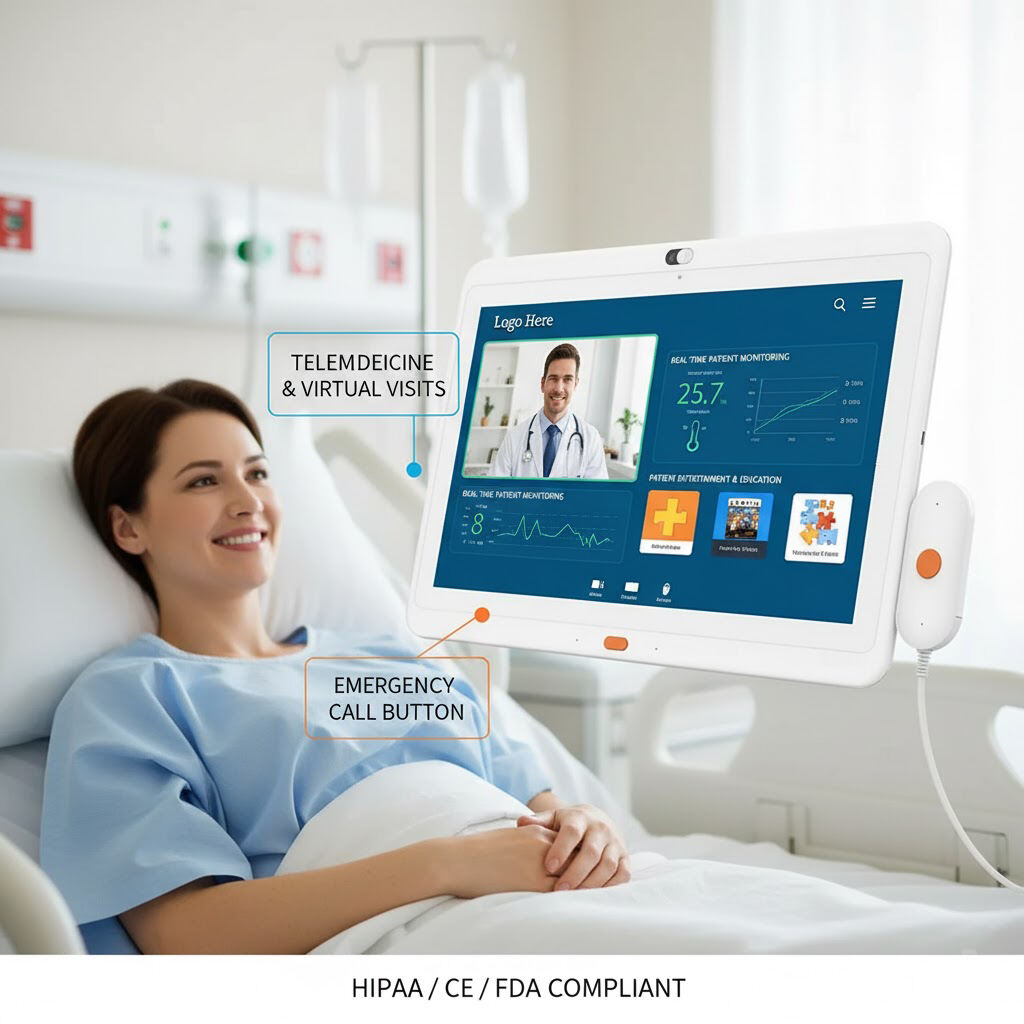The Role of Tablets in Telemedicine and Remote Care
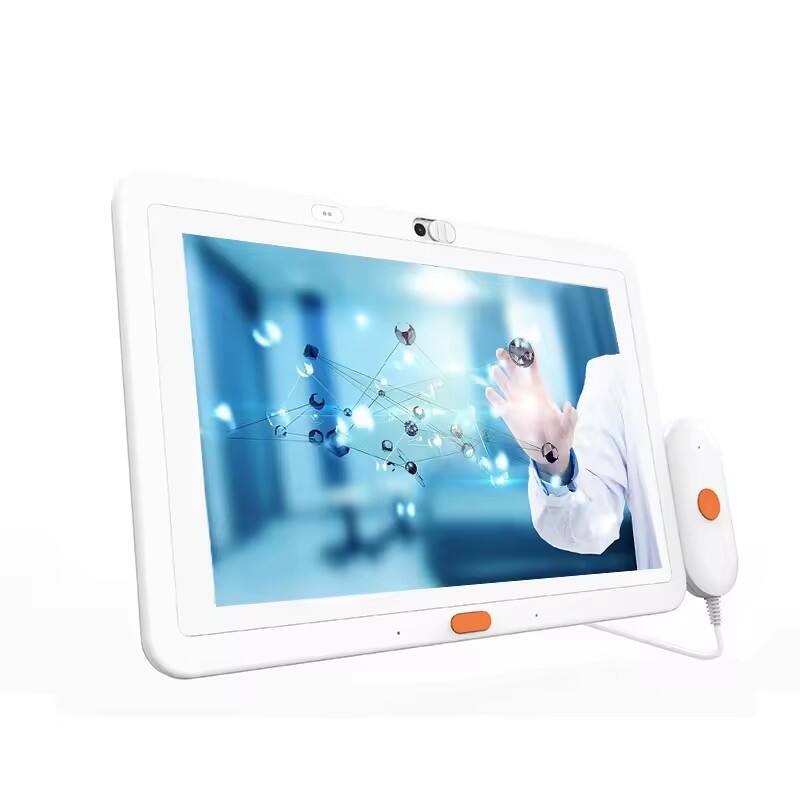
Digital Transformation in Modern Healthcare
In the last decade, healthcare systems worldwide have undergone a profound digital transformation. The demand for continuous, connected, and patient-centered care has pushed hospitals and clinics to adopt innovative telemedicine solutions. Among these technologies, the medical monitoring tablet has emerged as a cornerstone of remote care. Whether used in hospitals, nursing homes, or patients’ homes, these devices bridge the gap between clinical teams and patients by enabling real-time communication, data monitoring, and digital record-keeping.
Healthcare providers face growing pressure to reduce costs while improving the quality of care. According to a 2024 Deloitte study, over 70% of healthcare organizations plan to expand their telehealth capabilities. Yet many struggle with fragmented data systems and lack of portable, secure tools that integrate seamlessly into medical workflows. Here, healthcare tablets provide a practical and scalable solution.
Enhancing Clinical Efficiency at the Bedside
Inside hospitals, hospital bedside tablets have become an essential interface between patients and medical staff. Nurses can record vital signs, doctors can access electronic health records (EHRs), and patients can communicate requests—all through a single device. This digital workflow not only reduces paperwork but also minimizes human error and enhances nursing efficiency.
In a typical ward setting, for instance, a nurse can update a patient’s chart on a medical monitoring tablet immediately after measuring blood pressure or oxygen levels. The data synchronizes automatically with the central hospital system, allowing physicians to view it in real time. As a result, critical decisions can be made faster, and patient outcomes improve. Many hospitals report that digital bedside tablets reduce administrative time by up to 30%, freeing staff to focus on direct care.
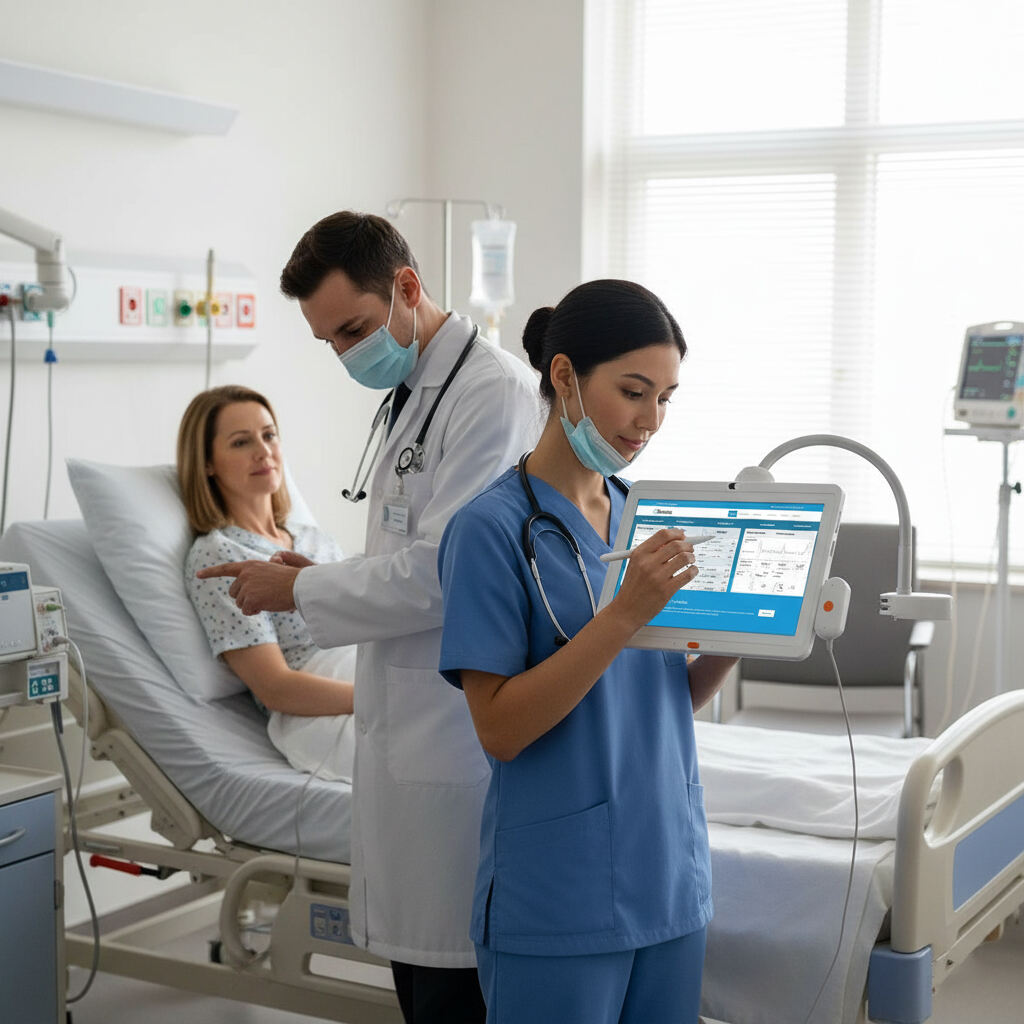
Remote Patient Monitoring and Chronic Disease Management
Beyond hospital walls, telemedicine tablets have transformed how chronic conditions are managed. Patients with hypertension, diabetes, or cardiac diseases often require continuous monitoring but cannot visit clinics daily. With remote medical monitoring tablets, healthcare professionals can track vital parameters such as glucose levels, ECG, or blood oxygen from afar.
Consider a home-care scenario: an elderly patient equipped with a telemedicine solution uses a tablet connected to wireless medical sensors. The system automatically uploads data to a secure cloud platform. Physicians receive alerts if abnormal readings occur, enabling proactive interventions. Such remote care devices not only enhance patient engagement but also significantly reduce hospital readmissions—a key concern for healthcare providers seeking better resource allocation.
Antibacterial Materials and Data Security Design
As healthcare tablets are used in highly sensitive and infection-prone environments, material design and data protection are equally critical. Most medical monitoring tablets now feature antibacterial enclosures to prevent cross-contamination between patients. These surfaces are easy to disinfect and resistant to harsh cleaning agents, making them suitable for clinical use.
Equally important is information security. A HIPAA compliant tablet must protect patient data through multi-layer encryption, secure authentication, and access control mechanisms. Many medical tablets integrate trusted platform modules (TPMs), hardware-level encryption, and remote management tools to ensure compliance with HIPAA, CE, and FDA standards. This is crucial as telemedicine expands—each device must function not only as a diagnostic interface but also as a secure node in a larger digital ecosystem.
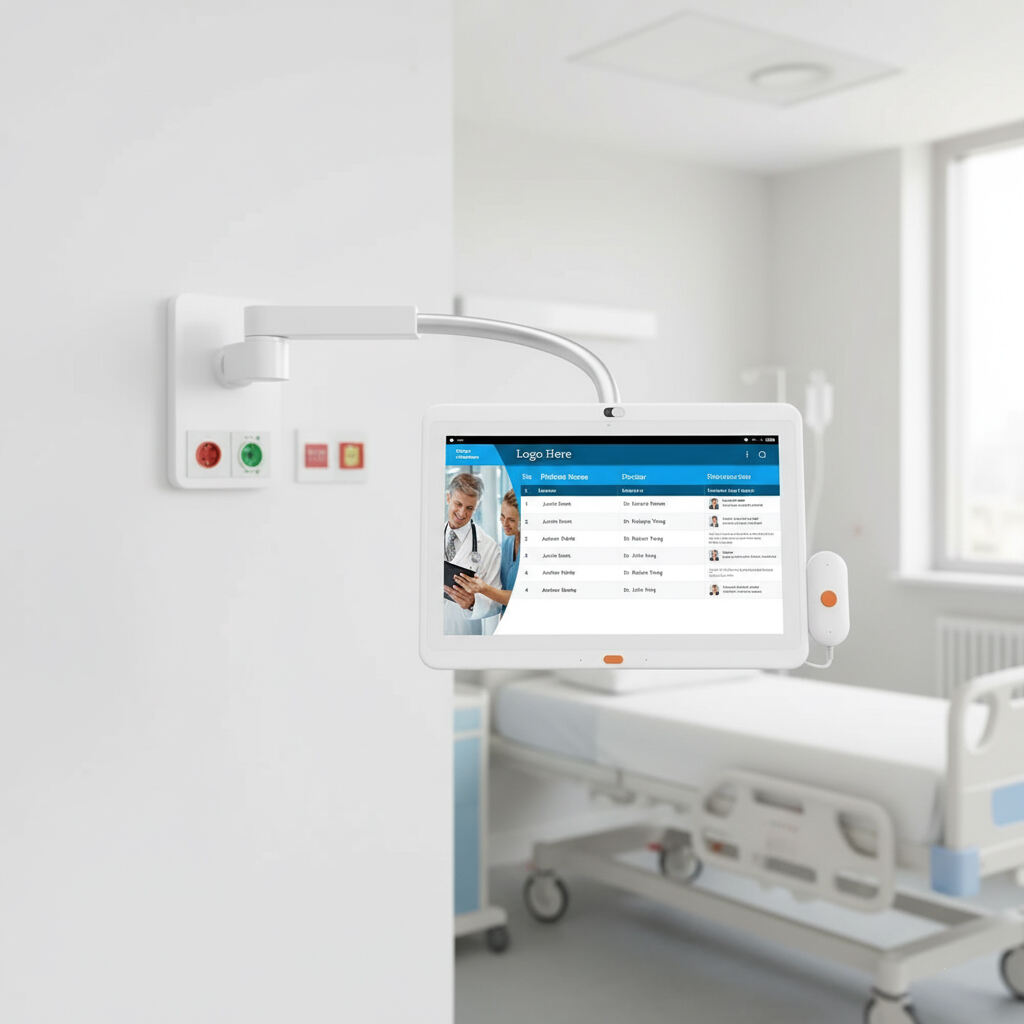
Integration with AI and Cloud Platforms
As artificial intelligence becomes integral to healthcare analytics, AI-enabled healthcare tablets are unlocking new possibilities. By combining machine learning algorithms with continuous patient data streams, clinicians can identify early signs of deterioration and predict potential complications. For example, AI algorithms embedded in telemedicine tablets can analyze heart rate trends or oxygen saturation levels to alert doctors before a patient’s condition worsens.
Cloud integration further extends the utility of hospital bedside tablets, enabling centralized updates, remote troubleshooting, and seamless data sharing across departments or even different healthcare facilities. These capabilities accelerate clinical decision-making and foster more coordinated, evidence-based care.
Regulatory Compliance and Global Standards
Healthcare is a highly regulated industry, and digital devices used in clinical settings must adhere to strict standards. Medical monitoring tablets designed for international deployment often require HIPAA, CE, and FDA certifications, ensuring they meet both data security and safety benchmarks.
HIPAA (Health Insurance Portability and Accountability Act) mandates secure handling of patient information in the United States.
CE certification validates conformity with European health, safety, and environmental protection standards.
FDA approval ensures that electronic medical devices meet clinical performance and safety requirements.
Manufacturers developing HIPAA compliant tablets often integrate biometric authentication, audit trails, and automatic data encryption to guarantee compliance. This commitment not only protects healthcare institutions from legal risks but also builds trust with patients who expect their sensitive health information to remain private.
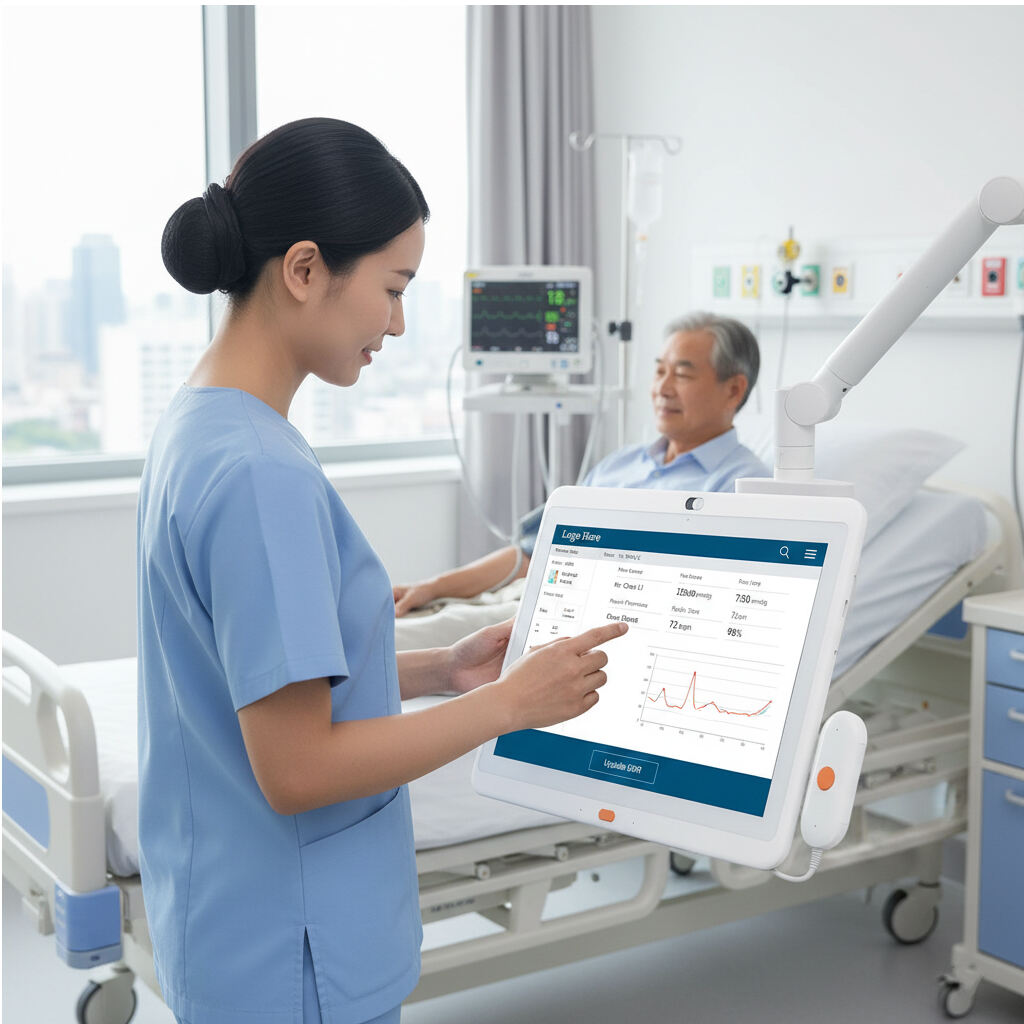
Operational Efficiency and Cost Optimization
From a business perspective, medical monitoring tablets contribute directly to operational efficiency. Hospitals adopting digital monitoring systems report lower administrative costs, reduced paper waste, and faster patient turnover. A typical telemedicine solution also minimizes travel time for healthcare professionals and patients, especially in rural areas.
Moreover, tablet-based systems are inherently scalable. A single healthcare tablet platform can support multiple software applications—from EHR access to video consultations—making it a cost-effective investment for hospitals and clinics alike. When paired with cloud-based telemedicine software, these devices can cut infrastructure costs while maintaining high levels of functionality and reliability.
The Future of Connected Care
The future of telemedicine and remote care is poised for even deeper integration between devices, data, and diagnostics. As 5G connectivity expands, medical monitoring tablets will offer faster data transmission, enabling high-definition video consultations and real-time diagnostics.
AI-driven personalization will soon allow tablets to adapt interfaces for individual patients—offering medication reminders, rehabilitation exercises, or lifestyle recommendations tailored to specific health conditions. Combined with IoT-enabled sensors and wearable devices, the healthcare tablet will act as the central hub of connected care, linking patients, clinicians, and data in a seamless loop.
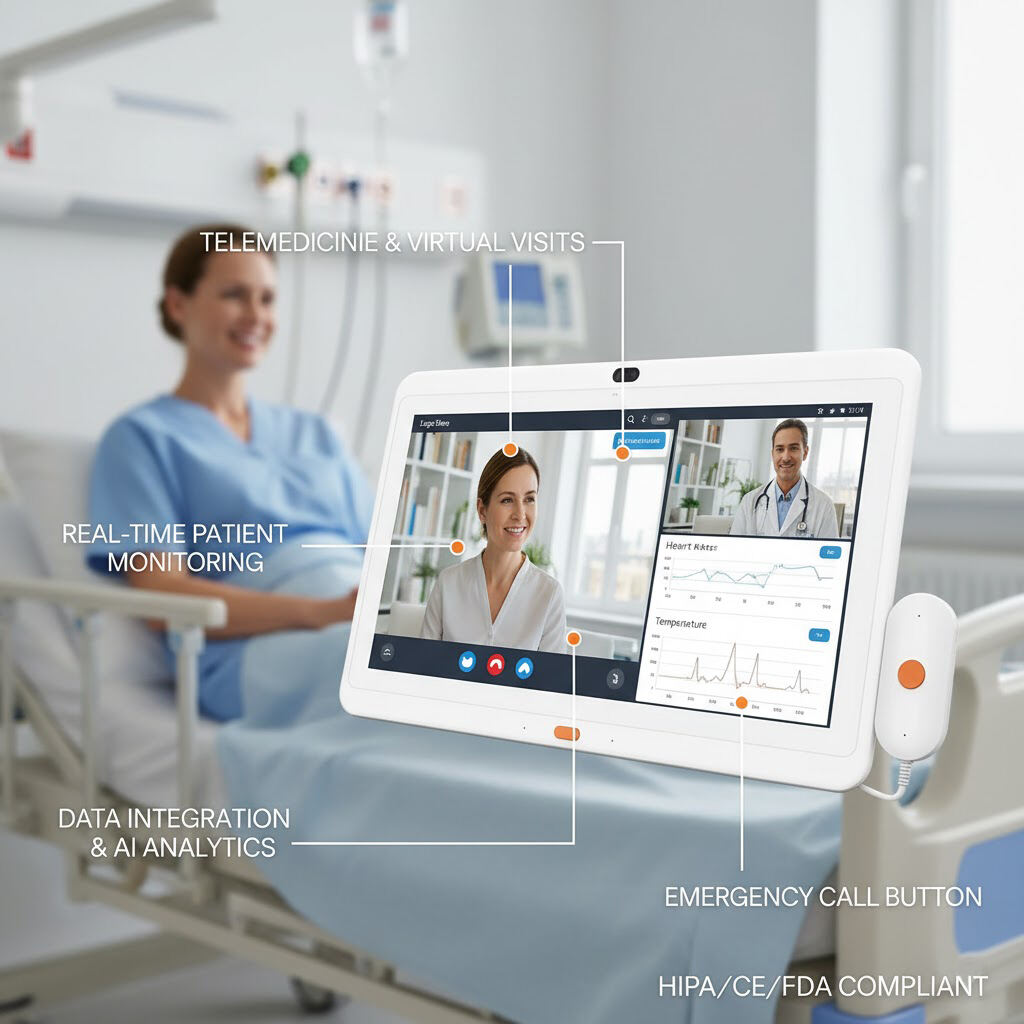
A New Standard in Digital Healthcare
From hospital wards to home care environments, the medical monitoring tablet has redefined how healthcare is delivered and experienced. Its ability to combine mobility, real-time data access, and compliance with global medical standards makes it an indispensable tool in today’s telemedicine infrastructure.
As healthcare continues its digital evolution, telemedicine tablets will remain at the forefront—empowering providers to deliver safer, smarter, and more efficient patient care across every setting.
